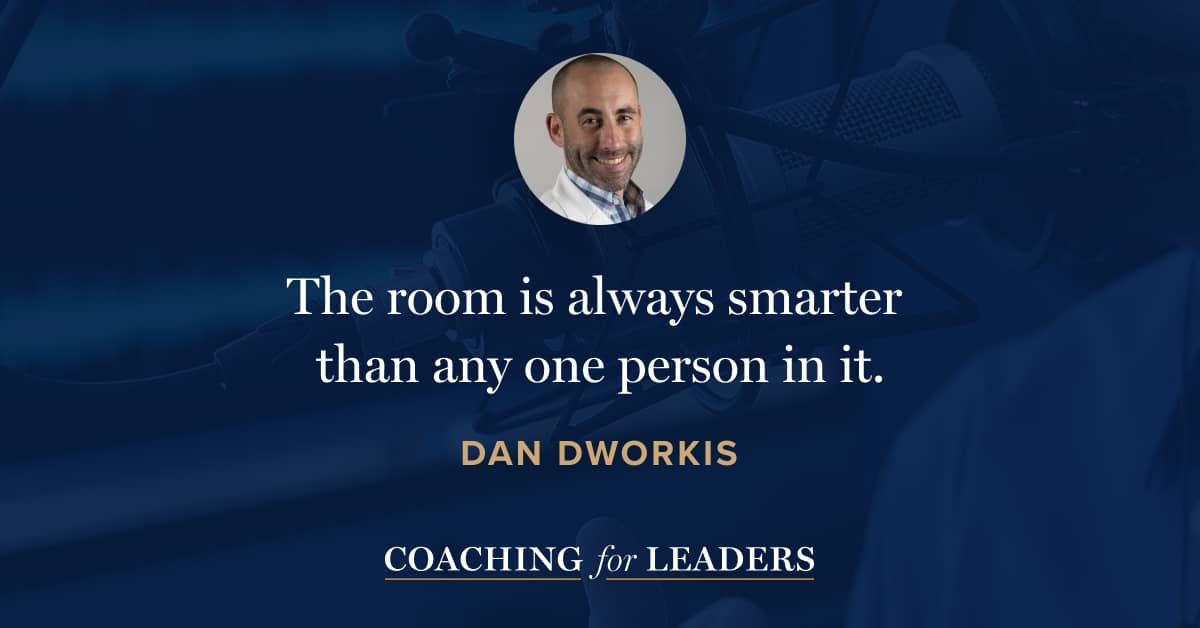Dan Dworkis: The Emergency Mind
Dan Dworkis is Chief Medical Officer at The Mission Critical Team Institute. He's an emergency physician who helps individuals and teams apply knowledge under extreme pressure and perform at their best when it matters the most. He is the author of The Emergency Mind: Wiring Your Brain for Performance Under Pressure*.
Every leader, at least occasionally, faces emergencies. In an emergency, the only way out is through. In this conversation, Dan and I explore the mindsets and tactics that will help us handle the most difficult situations.
Key Points
- Emergencies are not just worse bad days. They are liminal — the only way out is through.
- Apply graduated pressure. Never allow suffering to be wasted. By going a bit slower, you notice where and why failures happen.
- Label an emergency with language that both recognizes the urgency of the situation and your faith in the team to resolve it.
- The room is always smarter than any one person in it. Tell people what problem they are working and your confidence level in it.
- Staying cool under pressure is not a fixed personality trait. You can get better by noticing and experimenting with what works for you (and doesn’t) to handle high-pressure situations.
- Experience makes working under pressure easier, but you still need to practice for it. Notice what’s effective (and not) in past and new situations before you experiment.
- Use situations in everyday life (a hard workout, an angry customer, getting cut off in traffic) to train yourself for responding in the toughest situations.
Resources Mentioned
Interview Notes
Download my interview notes in PDF format (free membership required).
Related Episodes
- How to Become the Person You Want to Be, with James Clear (episode 376)
- How to Build Psychological Safety, with Amy Edmondson (episode 404)
- How to Prevent a Team From Repeating Mistakes, with Robert “Cujo” Teschner (episode 660)
Discover More
Activate your free membership for full access to the entire library of interviews since 2011, searchable by topic. To accelerate your learning, uncover more inside Coaching for Leaders Plus.





